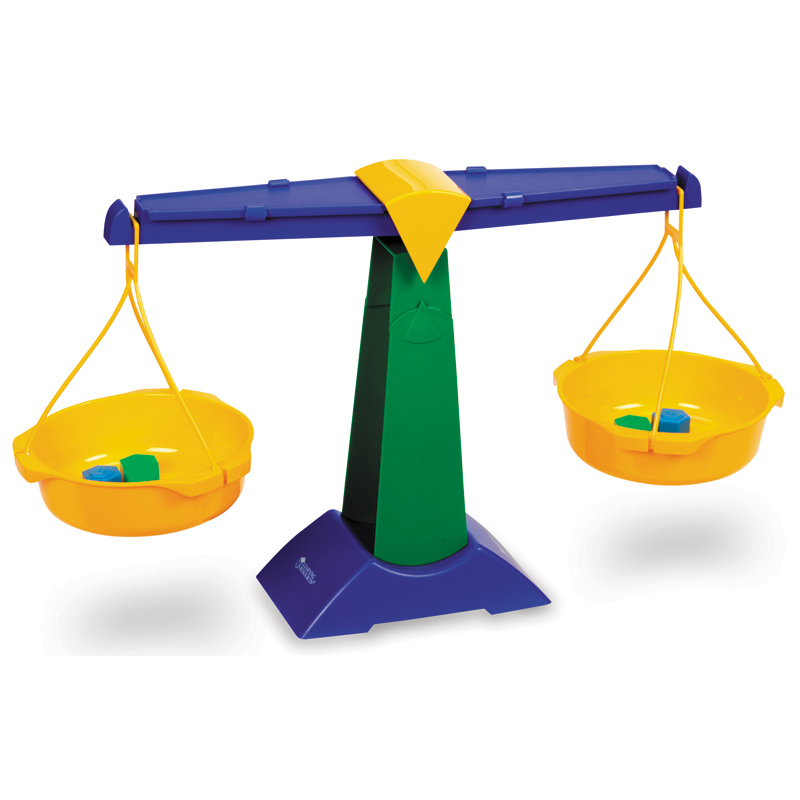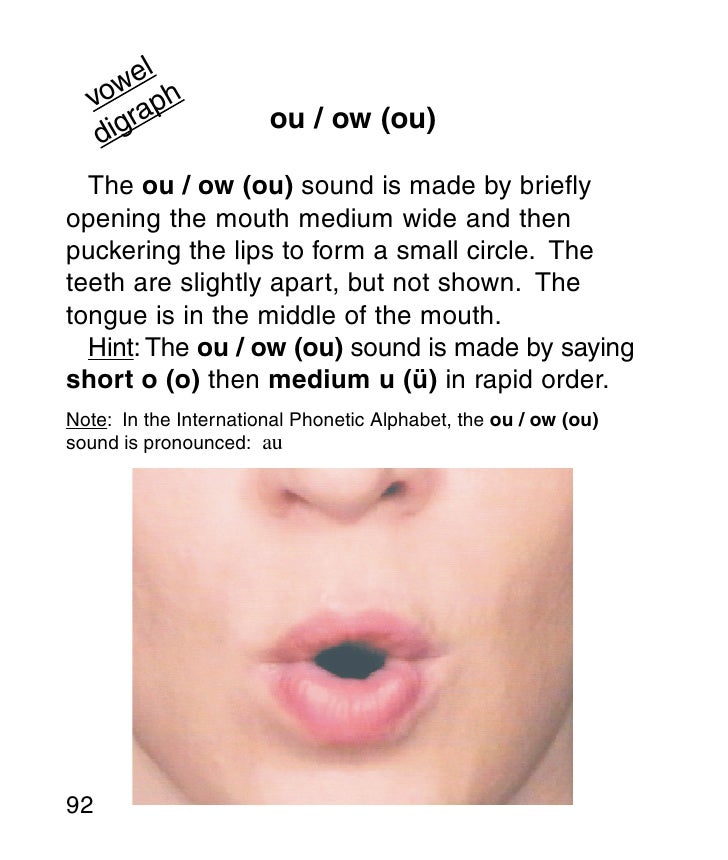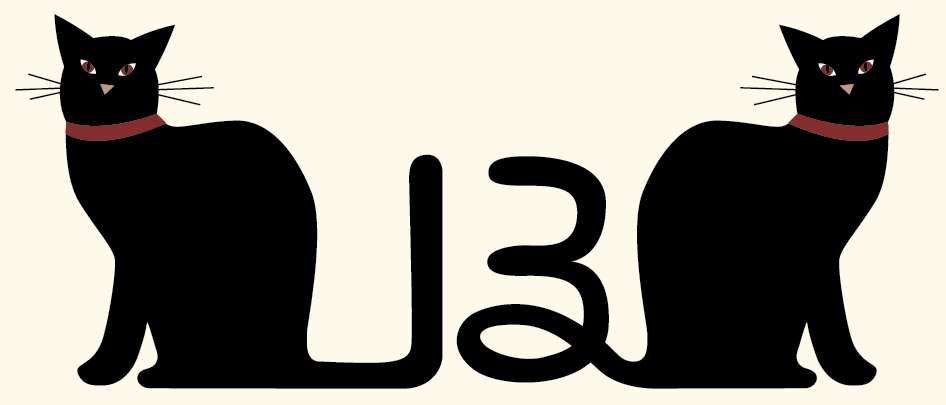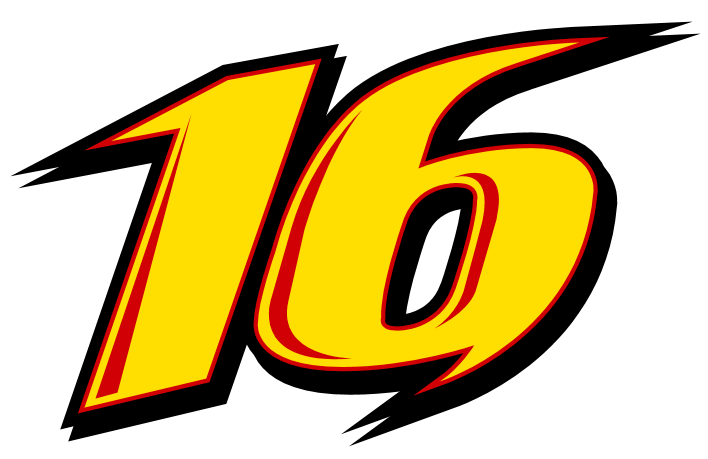We had yet another busy week in Oak Class! This time, we were busy getting ourselves ready to celebrate Mother’s Day. First, we read the story “My Mum” by Anthony Browne which helped us to think about all the many things that our lovely mums do for us. We then drew some lovely pictures of our mums and wrote about how special they are to us. Finally, we made some handprint gifts which hopefully all our mums will have received by now! We hope all the mummies had a wonderful Mother’s Day and enjoyed the spring sunshine!

In our maths lessons, we worked on ordering numbers up to 20. The children worked very confidently, using the large number line in the classroom to support themselves and check the correct sequence of the numbers. We then decided to challenge ourselves a little more, by ordering numbers out of sequence (e.g. ordering 5, 8, 13 and 17). The children worked with their ‘Walk and Talk’ partners which encouraged them to talk about the decisions they were making and use the terms ‘more than’ and ‘less than’.

If you would like to have a go at ordering numbers at home, why not try one of these caterpillar games:
http://www.topmarks.co.uk/ordering-and-sequencing/caterpillar-ordering
http://www.ictgames.com/caterpillar_slider.html
In our phonics lessons, we learnt two new sounds. The first was the trigraph ‘air’ as in h-air and f-air. We decided that the action for this sound would be to touch our hair.

Next we learnt a sound that is usually taught as the trigraph ‘ure’ as in, are you s-ure? This is how the sound appears on our sound mats.
Occasionally, this sound is also taught as the quadgraph ‘ture’. (Yes, that’s right, a quadgraph!). Within the set of video clips that we use to support the children’s learning in class, this sound is taught as ‘ture’ as in ‘adventure’.
The children were very taken with the idea of a ‘quadgraph’ and we didn’t really have time to look at the distinction carefully, so we will certainly be revisiting this sound and adding an action to it (in its trigraph form) next week.
Our number of the week was 17 and here’s what our Star of the Week found to fill up the number bag. He was a very thorough number detective, finding the number 17 hidden on all sorts of tickets and receipts!

Our new number of the week has been chosen as number:

Finally, the children especially enjoyed washing the babies in the water tray this week. Many of them were very dirty it seems and needed a good scrub and hair wash! Afterwards, the babies were carefully wrapped up in towels and put down for a nap.

Many of the children have also been enjoying using the large wooden blocks in the classroom to build increasingly complex structures! In this photo, a group had worked together to build a working ramp, complete with walls and obstacles.

And last, but not least, Miss Lizzi’s building club continues to be a weekly fixture. Here some of the members are enjoying serving each other food in their restaurant complete with individual seats and tables.




































